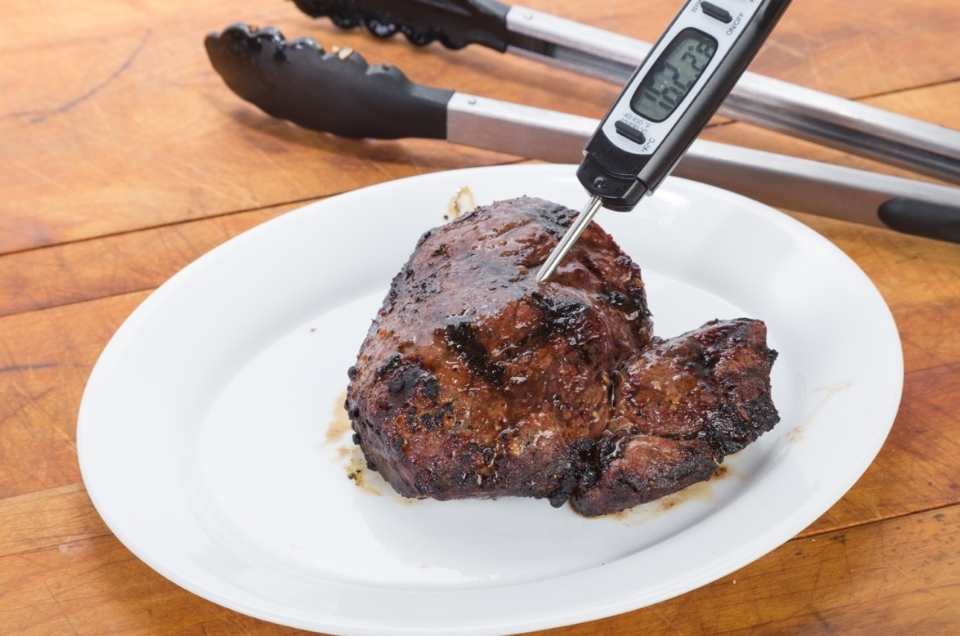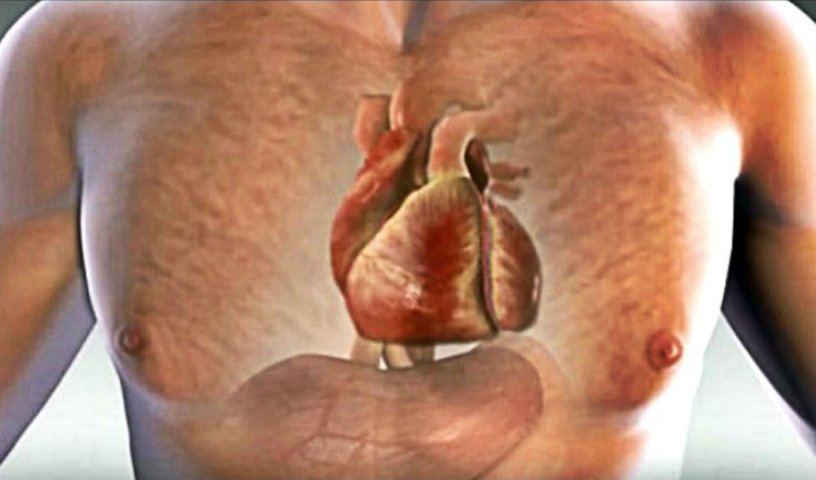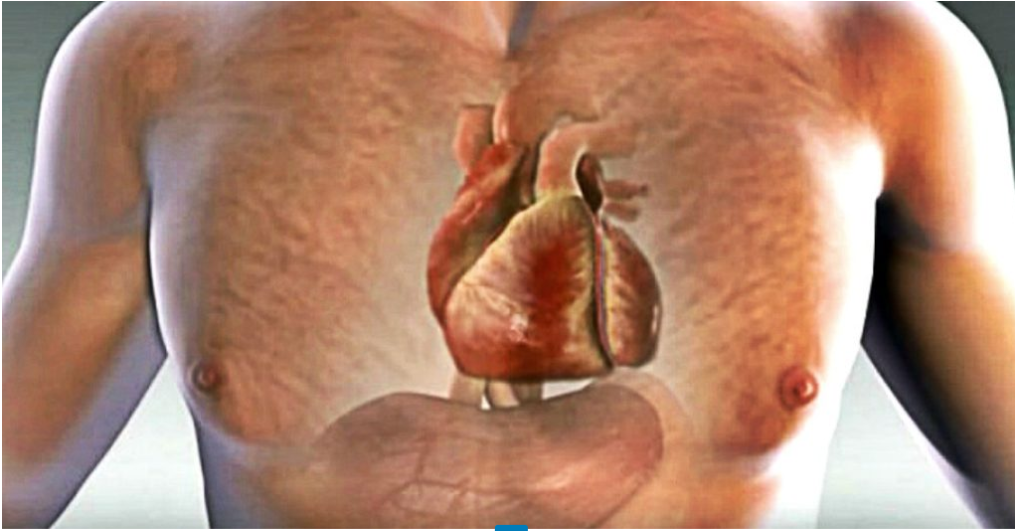
According to Bestlifeonline, Microwaves undeniably offer a convenient way to prepare food. In a matter of seconds, you can transform a cold bowl of leftovers into a gourmet meal or give your fridge ingredients new life as something delicious.
Nevertheless, despite the time-saving benefits of microwaving, it’s important to recognize that preparing food in the microwave is not without its risks.
Before you embark on your next culinary endeavor, continue reading to uncover the one vital error cautioned against by experts from the U.S. Food & Drug Administration (FDA) when it comes to microwaving food.

When using a microwave to prepare your food, it’s crucial to stir your meal during the cooking process to ensure even distribution of heat for thorough cooking, as recommended by the FDA. Additionally, if your microwave lacks a turntable, manually turning the food is essential to ensure it cooks evenly.
However, equally important is the practice of allowing your food to “stand” undisturbed in the microwave for a few minutes after the timer has finished. The FDA emphasizes that this standing time is crucial to complete the cooking process for microwaved foods. If food is not allowed to stand before consumption, it may not be fully cooked through.
Not allowing for standing time could make you sick.
The necessary standing time varies depending on the type of food being microwaved. According to the United States Department of Agriculture’s Food Safety and Inspection Service (FSIS), foods like bread, fruits, and small vegetables, which are less dense, require shorter standing times.
In contrast, denser foods like meat necessitate longer standing periods.
It’s crucial to follow the recommended standing time indicated on the food package before consuming any microwaved meal. When uncertain, the FSIS suggests allowing food to stand for at least three minutes.
Failing to allow sufficient standing time could result in severe illness if not observed carefully. A report published in the Centers for Disease Control and Prevention (CDC) journal Morbidity and Mortality Weekly Report (MMWR) highlighted an outbreak of Salmonella enterica serotype Chester in 2010 linked to the consumption of frozen microwaved meals.
The CDC noted that not all individuals with Salmonella Chester infection who were interviewed had followed the recommended standing time in the cooking instructions before consuming their meals, emphasizing that microwave standing time is an integral part of the cooking process.
Once your food has completed its standing time, check its temperature.

While allowing your food to stand is an essential part of microwave cooking, it’s not the sole measure you should take to ensure that your meal reaches the appropriate temperature.
According to the FSIS, you should use a food thermometer to check the internal temperature of your microwaved dish after it has stood for the recommended time and before consumption. Here are the recommended internal temperatures for various types of food:
Fish: 145 degrees Fahrenheit
Raw beef, pork, lamb, and veal steaks, chops, and roasts: At least 145 degrees Fahrenheit
Ground meats, eggs, and casseroles containing eggs: 160 degrees Fahrenheit
Poultry: A minimum of 165 degrees Fahrenheit
Leftover food of any type: It should reach 165 degrees and be allowed to stand before consumption..
By following these temperature guidelines, you can ensure that your microwaved food is not only convenient but also safe to eat.




